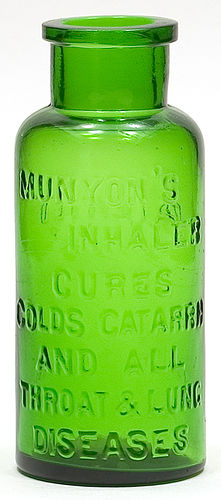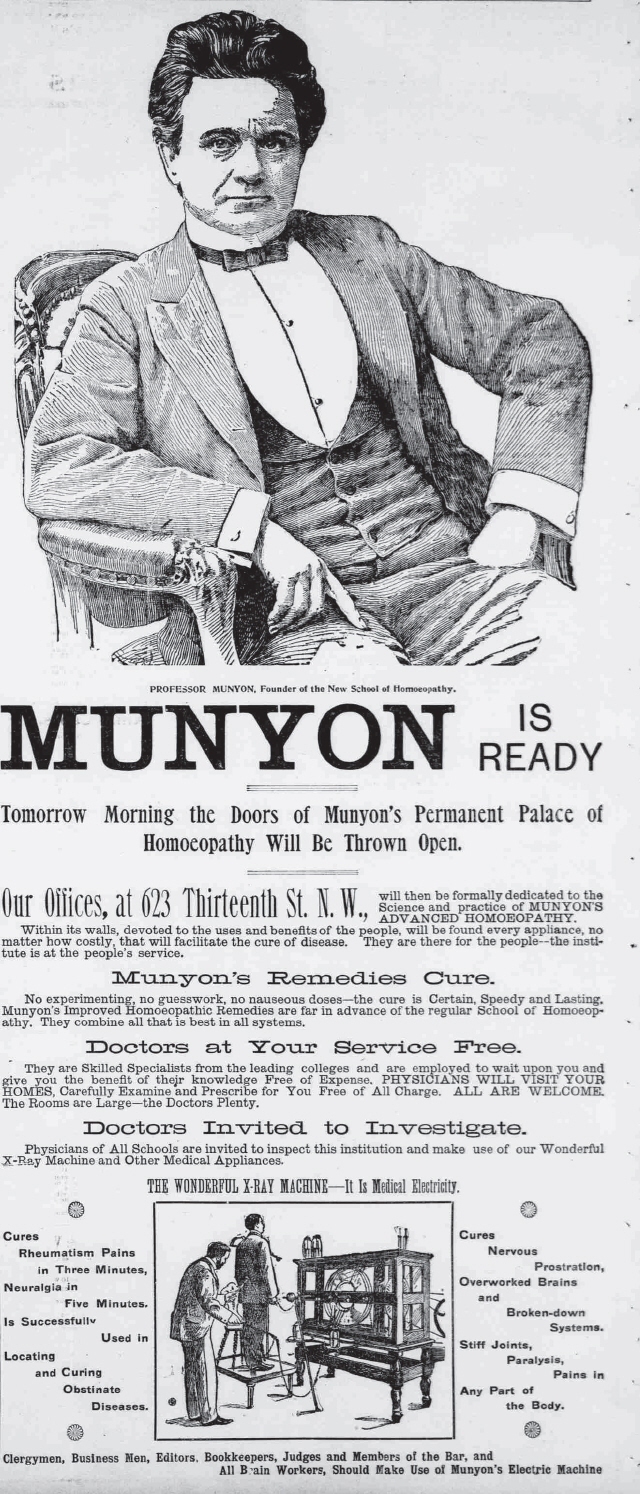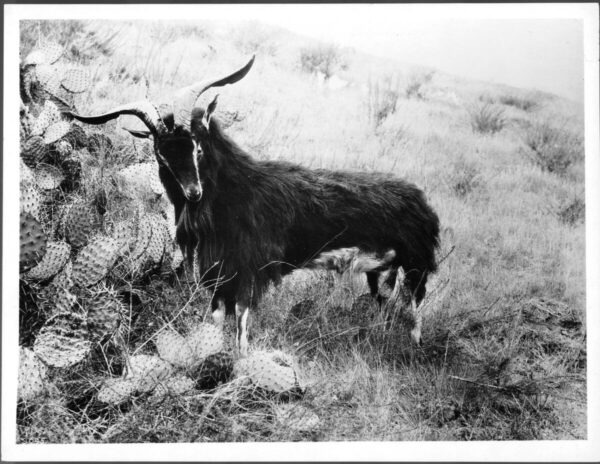Would you buy a homeopathic remedy from this man?
Source: The Morning Times (Washington D.C.) 13 December 1896
James Monroe Munyon’s pompadour hairstyle was a familiar feature of American newspapers around the turn of the 20th century. Having tried his hand at teaching, law, social work, publishing and song-writing, he started his Homoeopathic Home Remedy Company in the early 1890s and hit pay dirt.
In 1897, Munyon opened a London head office and a depot in Liverpool. A massive advertising campaign promised free vials of the remedies and challenged the British public to test his new system of curing disease. Perhaps Munyon anticipated lasting fame in the UK, but he couldn’t have predicted what his company would be remembered for.
There was a separate remedy for every disease. To name but a few, there were…
Munyon’s Kidney Cure, which a 1907 analysis showed to be 100% sugar.
Munyon’s Asthma Cure (sugar and alcohol)
Munyon’s Blood Cure (sugar)
Munyon’s Special Liquid Blood Cure (sugar, potassium iodide and corrosive sublimate)
Munyon’s Catarrh Cure (sodium bicarbonate, salt, borax, phenol and gum)
Munyon’s Special Catarrh Cure (sugar)
Munyon’s Grippe Remedy (sugar and arsenic)
Munyon’s Pile Ointment (a farthing’s worth of soft paraffin).
At various times these products were declared misbranded in the US because of the claims that they could cure disease, and Munyon received fines – but he carried on his business regardless. One of the slogans he used in his advertising was:
There is no punishment too great for him who deceives the sick.
While his remedies were coming under scrutiny from the BMJ and the American Medical Association, 60-year-old Munyon was busy marrying his third wife, 24-year-old actress Pauline Neff Metzger. His fortune was not an effective enough remedy for their differences, and they divorced in 1913.
Munyon had bought an island off North Palm Beach, Florida, and opened a resort there in 1903, calling his luxury hotel the Hygeia and attracting wealthy invalids. One of the attractions of the place was the ready supply of Paw Paw Tonic, a cure-all made from papaya. The place burnt down in 1917 and Munyon died a year later of an apoplexy while having lunch at the Poinciana Hotel on the mainland. His obituary in the New York Times quoted him as having said he started out with:
virtually no capital except ambition and a belief in letting folks know about it.
The company continued, and as late as the 1940s, shipments of its products were still being seized by the government and condemned. In 1944, a batch of Paw Paw Tonic was found to contain strychnine.
 Above: Munyon’s Catarrh Cure. Photo credit: Michael Till. This was part of an inhaler that would originally have had a stopper with a tube insertion, allowing the patient to snort the remedy.
Above: Munyon’s Catarrh Cure. Photo credit: Michael Till. This was part of an inhaler that would originally have had a stopper with a tube insertion, allowing the patient to snort the remedy.
Munyon’s Homoeopathic Home Remedy Company has a colourful enough history of its own, but is now chiefly remembered for its other claim to fame.
The London office’s first manager was an industrious employee who had spent the past few years as a Consulting Physician in the Philadelphia and then Toronto branches, impressing Munyon with his work ethic and ability to improve sales. Unfortunately, the London manager started having problems with his wife, who was still in the US trying to become a professional singer and openly having affairs.
When she moved to London in 1900, he made some attempt to support her in her music hall career, but the stormy relationship interfered with his work. He left Munyon’s and did the rounds of various other patent medicine companies, including the Sovereign Remedy Company, his own business the Yale Tooth Specialists, and the Aural Clinic, later returning to the advertising department of his original employer.
Dr Hawley Harvey Crippen eventually got the sack from Munyon’s. By then he had taken up with Ethel le Neve, his wife was still giving him trouble, and things kind of went downhill from there.
.
.




I have a Munyons Homeopathic Remedies bottle, and decided to look up the company. I was really surprised at the history of it!
I just dug one up in my yard. I wonder how much it is worth?
They run anywhere from 20 to 40 dollars US depending on condition. Munyon was my great grandfather; I have quite a few.
Dear Doug, we went Kayaking to Munyon Island yesterday. I can’t stop thinking about the Hygiea Hotel and how it burned down. I’m planning to go back tomorrow by myself for a deeper exploration. Do you know how it burned down? I believe in homeopathy and not in modern intrusive draconian medicine. I feel I have to do more research. Thank you.
how much are the display cases worth